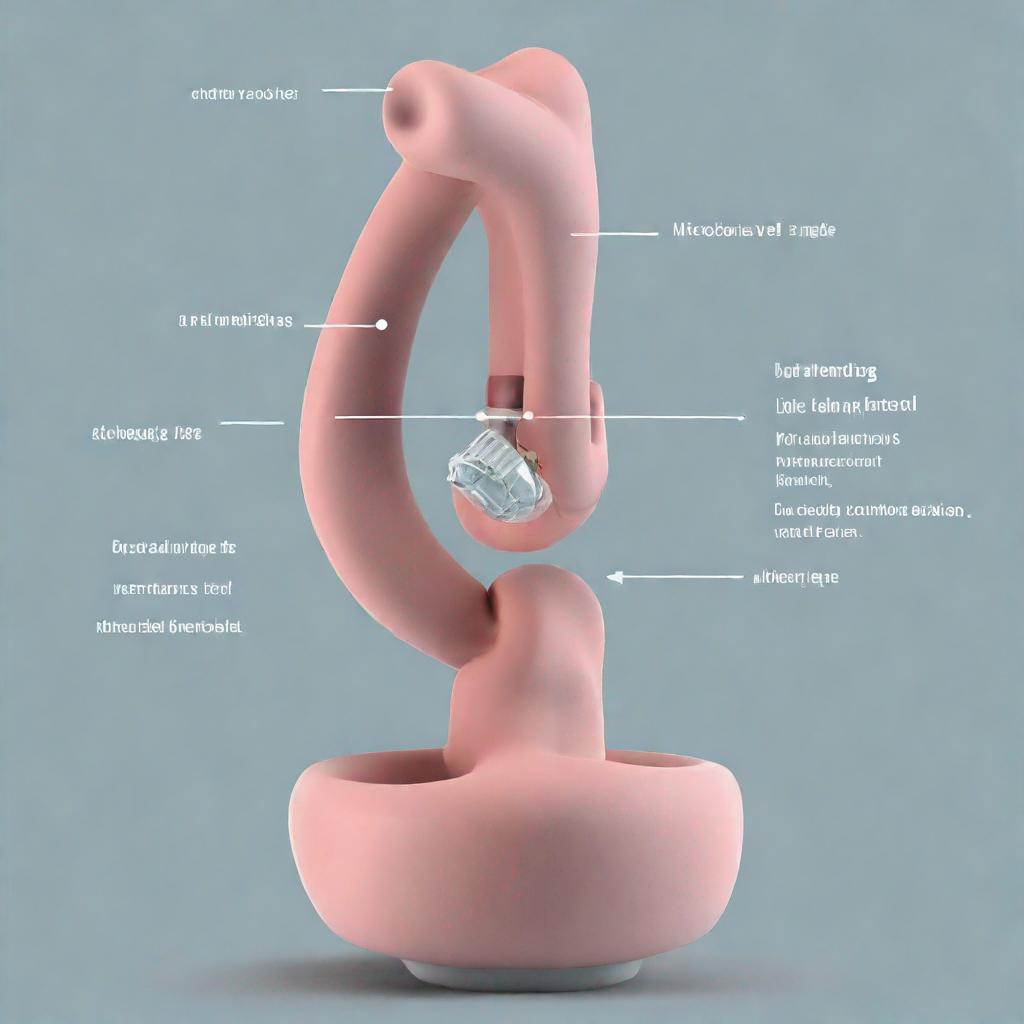“`html
FORMALDEHYDE IGE: Understanding the Test for Formaldehyde Allergy
Introduction
Name: FORMALDEHYDE IGE
Synonyms: Formaldehyde Specific IgE, Formaldehyde Antibody
The FORMALDEHYDE IGE test, also known as the Formaldehyde Specific IgE or Formaldehyde Antibody test, plays a crucial role in diagnosing formaldehyde allergy. Formaldehyde is a common chemical used in various products, such as building materials, plastics, and cosmetics. Exposure to formaldehyde can trigger allergic reactions in sensitized individuals. The FORMALDEHYDE IGE test helps detect the presence of specific IgE antibodies in the blood, which indicates an allergy to formaldehyde.
Test Overview
The FORMALDEHYDE IGE test measures the level of IgE antibodies that target formaldehyde. IgE antibodies are produced by the body’s immune system in response to an allergic reaction. When an allergic individual is exposed to formaldehyde, their immune system produces specific IgE antibodies that bind to formaldehyde molecules.
Conditions and Diseases Detected
The FORMALDEHYDE IGE test is primarily used to detect formaldehyde allergy. Formaldehyde allergy can manifest through various symptoms, including:
* **Formaldehyde Allergy:**
* Itching, swelling, or redness on the skin (contact dermatitis)
* Difficulty breathing, wheezing, or shortness of breath (asthma)
* Sneezing, runny nose, or congestion (allergic rhinitis)
* **Contact Dermatitis:** A skin rash caused by direct contact with formaldehyde or other irritants
* **Asthma:** A chronic inflammatory condition that affects the airways
Preparation Guidelines
Before undergoing the FORMALDEHYDE IGE test, it is crucial to prepare adequately. The following guidelines should be followed:
* Avoid taking antihistamines or other allergy medications for 24-48 hours before the test, as they may interfere with the results.
* Inform the healthcare provider about all medications, supplements, or herbs being consumed.
Procedure
The FORMALDEHYDE IGE test involves a simple blood draw. A healthcare professional will collect a blood sample, typically from a vein in the arm. The blood is then sent to a laboratory for analysis.
Duration and Waiting Time
The test itself only takes a few minutes to complete. The waiting time for results varies, but typically takes 1-2 days.
Additional Tests
In addition to the FORMALDEHYDE IGE test, other tests may be recommended for a more comprehensive assessment:
* **Skin prick test:** Involves pricking the skin with small amounts of formaldehyde to observe any allergic reactions.
* **Patch test:** A patch containing formaldehyde is applied to the skin for 24-48 hours to detect any allergic reactions.
* **IgE panel:** Tests for IgE antibodies against a range of common allergens, including formaldehyde.
Conclusion
The FORMALDEHYDE IGE test is a valuable diagnostic tool for identifying allergies to formaldehyde. The presence of specific IgE antibodies in the blood indicates an allergic response to formaldehyde. The test results guide healthcare providers in making informed decisions regarding appropriate treatment or management strategies. If you suspect you may have a formaldehyde allergy, consider discussing the FORMALDEHYDE IGE test with your healthcare provider.
“`



